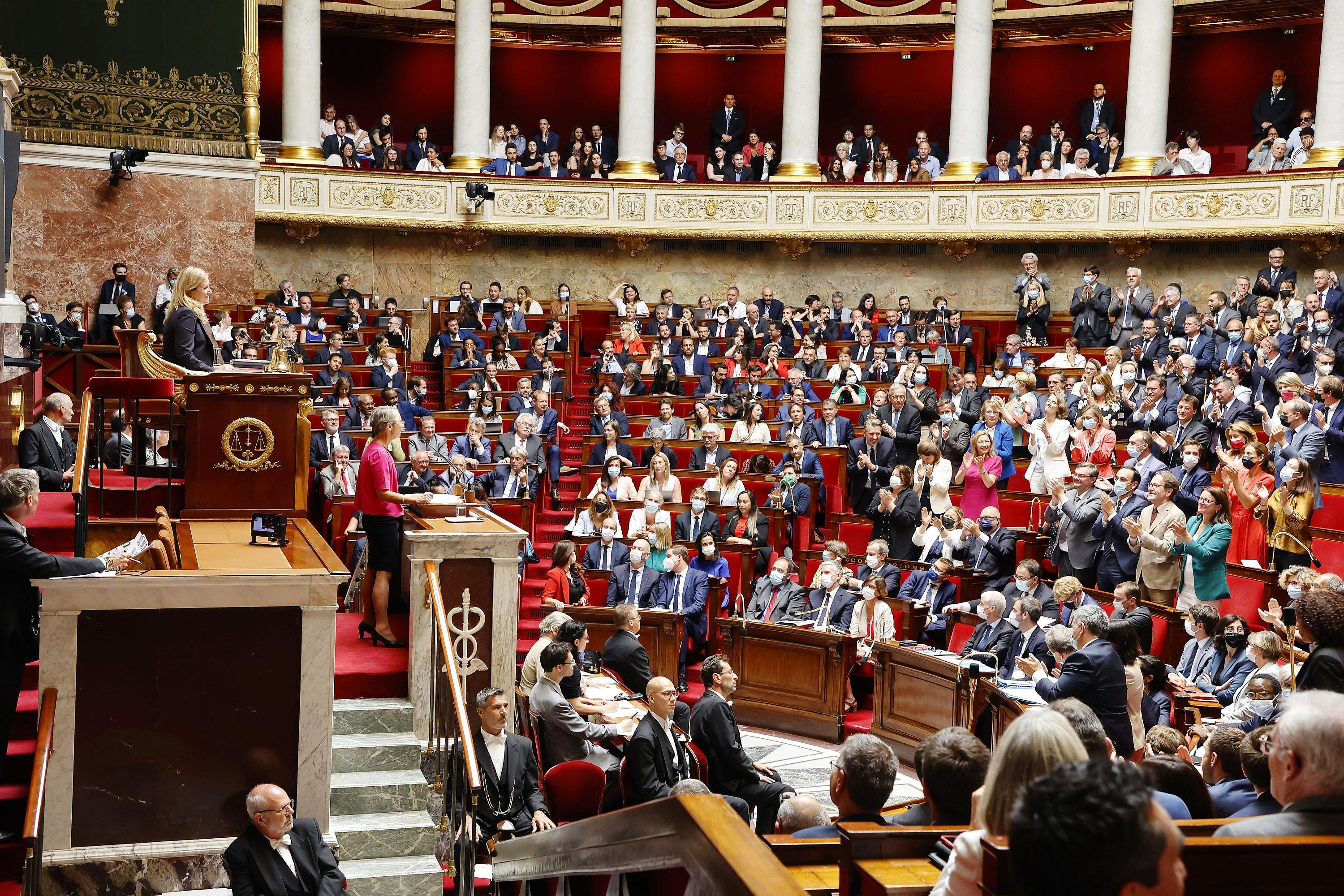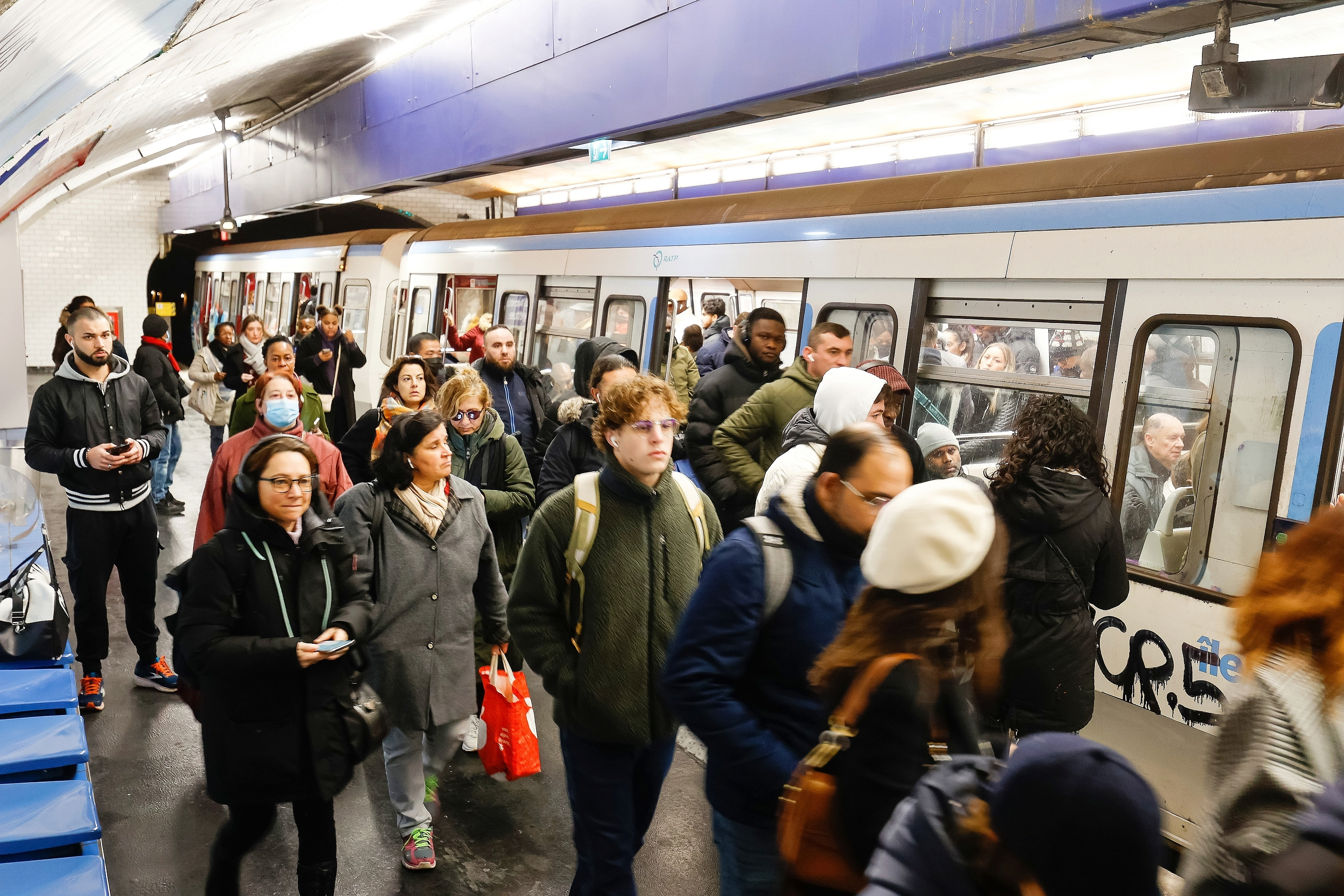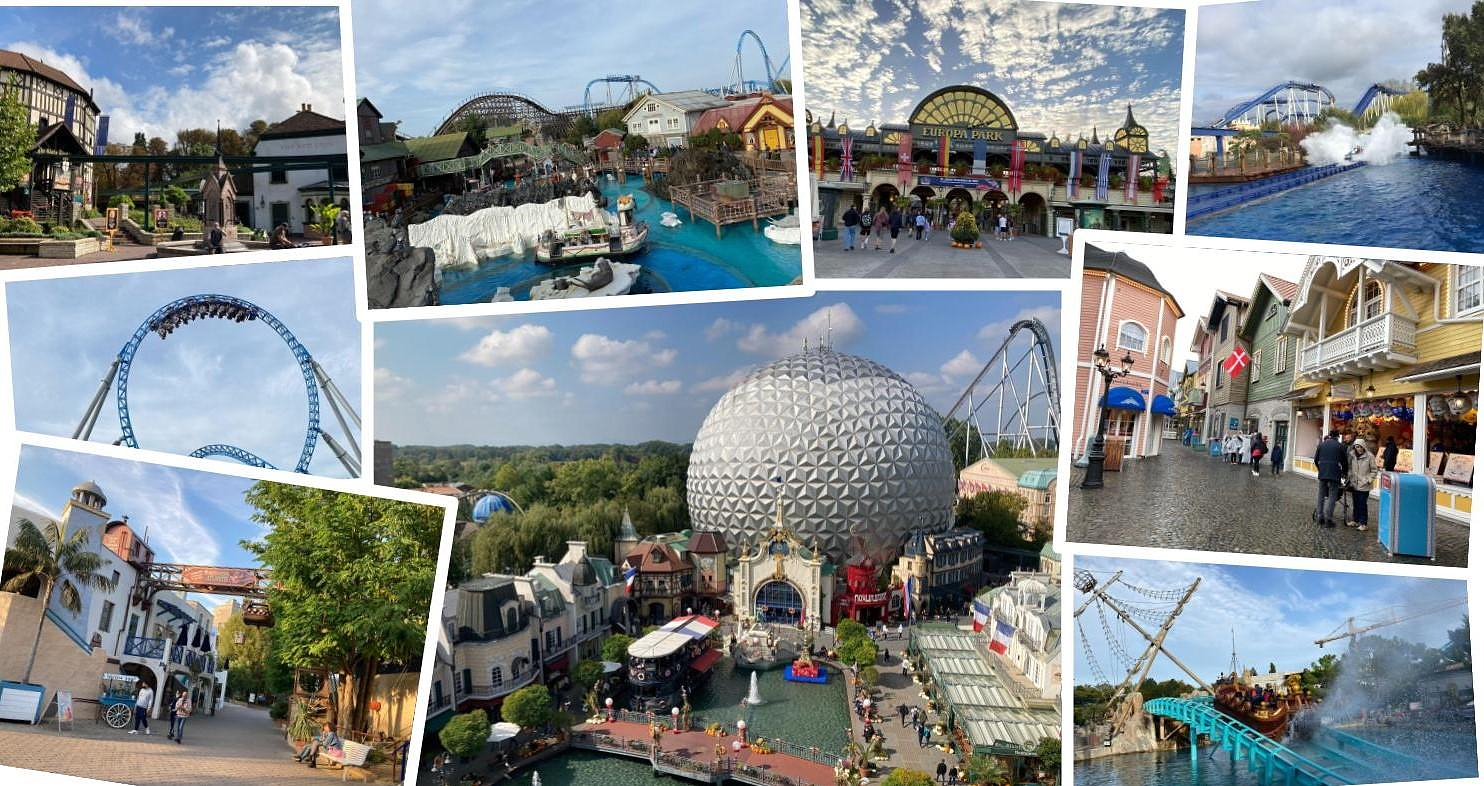Special Envoy to New Delhi
A corridor connecting India to Europe via the Middle East, equipped with a rail link, a high-speed transcontinental cable and a future hydrogen gas pipeline. Such a project is extremely reminiscent of the “New Silk Roads” launched just ten years ago by Chinese President Xi Jinping.
India, the European Union (EU) and the United States, on the sidelines of the G20 summit organized this weekend in New Delhi, were to officially announce this Saturday the launch of an “India – Middle East economic corridor – Europe”. This “corridor is much more than a simple railway or a cable, it is a green and digital bridge” which will connect “continents and civilizations”, declared Ursula von der Leyen, the president of the European Commission, at New Delhi.
This project, for which no investment amount has yet been communicated, is part of an initiative launched last year at the G20 summit in Bali with American President Joe Biden, called the Infrastructure Partnership. and a global investment (PGII, in English). Europe is participating in this PGII through its own plan, Global Gateway, which aims to finance infrastructure in emerging and developing countries to the tune of 300 billion euros, between 2021 and 2027. This involves promoting projects that are more financially, socially and ecologically responsible than Chinese projects, particularly in Africa.
The new corridor will pass through the United Arab Emirates, Saudi Arabia, Jordan and Israel. Saudi Arabia, represented in New Delhi by Crown Prince Mohammed bin Salman, maintains close ties with China, which has become its main buyer of oil. But she seems not to want to tie her hands with an exclusive alliance. And its historic relationship with the United States, if it has cooled, is certainly not buried. For the European Union, rapprochement with the Arab powers of the Gulf is a response to the war in Ukraine, the Commission is told. No question of letting the ties between Moscow and Riyadh tighten without reacting.
Even if it is not officially mentioned, the India-Europe Corridor clearly appears as a counter-offensive to the Chinese “New Silk Roads”, renamed “The Belt and Road Initiative” (BRI, English) . This project in which Beijing plans to invest hundreds of billions of dollars to “connect” 150 countries in Eurasia and Africa has from the outset been viewed with suspicion in New Delhi. “We were the first to say that the Silk Roads were also for military use and would use financial coercion,” comments an Indian diplomat. “We denounced the opacity of loan conditions, we warned of the risk of an impossible debt burden”. “The early euphoria has faded; Sri Lanka's experience was frightening, many countries realize that they have accumulated unbearable debts and risk having to cede strategic assets to their Chinese creditor, continues this Indian official.
According to the European Commission, the objective of the corridor is to speed up the journey of goods between India and Europe by 40%. It now remains to translate this political will into real projects.

 Who was Dror Or, the Israeli father who died as a hostage in the hands of Hamas?
Who was Dror Or, the Israeli father who died as a hostage in the hands of Hamas?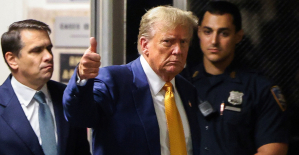 “Pay in cash”: at his trial, Donald Trump faced with an embarrassing recording
“Pay in cash”: at his trial, Donald Trump faced with an embarrassing recording Italy: a grandmother accidentally serves a bottle filled with wine to a baby, he has an alcoholic coma
Italy: a grandmother accidentally serves a bottle filled with wine to a baby, he has an alcoholic coma The mysterious skeletons of Hermann Göring's villa
The mysterious skeletons of Hermann Göring's villa Children born thanks to PMA do not have more cancers than others
Children born thanks to PMA do not have more cancers than others Breast cancer: less than one in two French women follow screening recommendations
Breast cancer: less than one in two French women follow screening recommendations “Dazzling” symptoms, 5,000 deaths per year, non-existent vaccine... What is Lassa fever, a case of which has been identified in Île-de-France?
“Dazzling” symptoms, 5,000 deaths per year, non-existent vaccine... What is Lassa fever, a case of which has been identified in Île-de-France? Sánchez cancels his agenda and considers resigning: "I need to stop and reflect"
Sánchez cancels his agenda and considers resigning: "I need to stop and reflect" Health carpooling, this source of savings which arouses the ire of patients and taxis
Health carpooling, this source of savings which arouses the ire of patients and taxis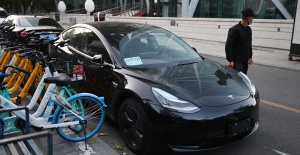 Tesla Model 3, MG4 and Dacia Spring.... With the end of the ecological bonus, these electric cars produced in China are seeing their sales fall
Tesla Model 3, MG4 and Dacia Spring.... With the end of the ecological bonus, these electric cars produced in China are seeing their sales fall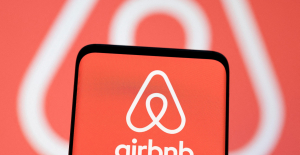 For the 2024 Olympics, Airbnb commits to fighting prostitution in its accommodation
For the 2024 Olympics, Airbnb commits to fighting prostitution in its accommodation “Shrinkflation”: supermarkets obliged to alert their customers from July 1
“Shrinkflation”: supermarkets obliged to alert their customers from July 1 The electro of Justice and the echoes of Portishead
The electro of Justice and the echoes of Portishead 1924 Olympic Games: according to his daughter, the hero of Chariots of Fire was “not a bigot”
1924 Olympic Games: according to his daughter, the hero of Chariots of Fire was “not a bigot” The “German Brothel” in Yvelines: an uncertain future for the ruined residence
The “German Brothel” in Yvelines: an uncertain future for the ruined residence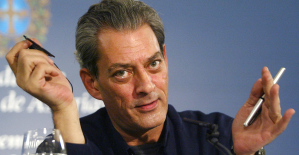 The eye of the INA: when Paul Auster visited Bernard Pivot
The eye of the INA: when Paul Auster visited Bernard Pivot Omoda 7, another Chinese car that could be manufactured in Spain
Omoda 7, another Chinese car that could be manufactured in Spain BYD chooses CA Auto Bank as financial partner in Spain
BYD chooses CA Auto Bank as financial partner in Spain Tesla and Baidu sign key agreement to boost development of autonomous driving
Tesla and Baidu sign key agreement to boost development of autonomous driving Skoda Kodiaq 2024: a 'beast' plug-in hybrid SUV
Skoda Kodiaq 2024: a 'beast' plug-in hybrid SUV The home mortgage firm rises 3.8% in February and the average interest moderates to 3.33%
The home mortgage firm rises 3.8% in February and the average interest moderates to 3.33% This is how housing prices have changed in Spain in the last decade
This is how housing prices have changed in Spain in the last decade The home mortgage firm drops 10% in January and interest soars to 3.46%
The home mortgage firm drops 10% in January and interest soars to 3.46% The jewel of the Rocío de Nagüeles urbanization: a dream villa in Marbella
The jewel of the Rocío de Nagüeles urbanization: a dream villa in Marbella Facing Jordan Bardella, the popularity match turns to Gabriel Attal’s advantage
Facing Jordan Bardella, the popularity match turns to Gabriel Attal’s advantage Europeans: a senior official on the National Rally list
Europeans: a senior official on the National Rally list Blockade of Sciences Po: the right denounces a “drift”, the government charges the rebels
Blockade of Sciences Po: the right denounces a “drift”, the government charges the rebels Even on a mission for NATO, the Charles-de-Gaulle remains under French control, Lecornu responds to Mélenchon
Even on a mission for NATO, the Charles-de-Gaulle remains under French control, Lecornu responds to Mélenchon These French cities that will boycott the World Cup in Qatar
These French cities that will boycott the World Cup in Qatar Monaco - Clermont: Minamino cornerstone, Fofana essential, the Clermont defense overwhelmed... The tops and the flops
Monaco - Clermont: Minamino cornerstone, Fofana essential, the Clermont defense overwhelmed... The tops and the flops Gymnastics: two gold medals for the Italian Manila Esposito during the European Championships
Gymnastics: two gold medals for the Italian Manila Esposito during the European Championships Champions Cup: in pain, Leinster beats Northampton and qualifies for the final
Champions Cup: in pain, Leinster beats Northampton and qualifies for the final Liga: Real Madrid crowned champion of Spain after FC Barcelona's defeat in Girona
Liga: Real Madrid crowned champion of Spain after FC Barcelona's defeat in Girona




